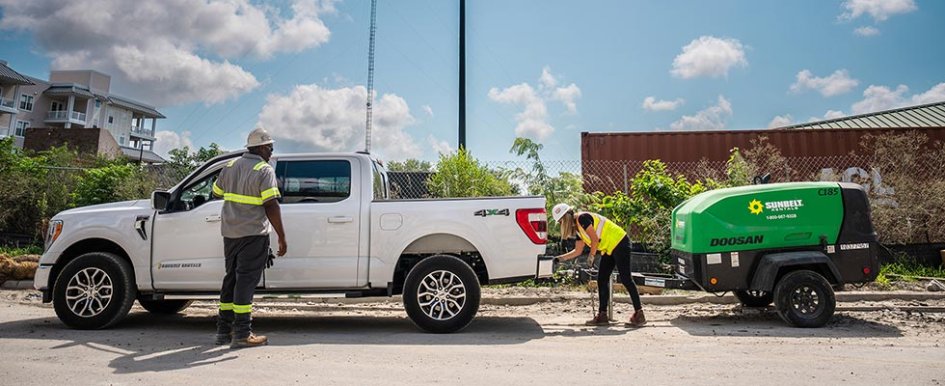
The frequency with which construction businesses turn to equipment rental has progressively increased over the last 15 to 20 years. This is due, in large part, to an improved understanding of the benefits of renting compared to buying equipment. In addition to direct cost savings, renting frees owners and staff to focus on their core business rather than on the logistics of caring for equipment.
But there are even more benefits to equipment rental. To support a construction business, it’s important to understand all that rental offers and how to build the best partnership with a rental provider.
Benefits of Rental
Construction business owners face tight deadlines and competitive pressure. When they require a piece of equipment for a project, they need it to be available and reliable. Rental providers offer that availability, with large, well-maintained fleets. Even if the request for equipment is on short notice, they can fulfill the order and provide on-time delivery. In fact, a large percentage of rental agreements are started and completed within 24 hours. The aim is to ensure the rental transaction is as easy as possible, even on quick-turn requests. Along with the rental equipment comes technical and service support. Rental providers offer their expertise and training for equipment that may be less familiar. This training focuses on both safety and operation to ensure owners and their employees are well informed.
Rental companies also stay on the leading edge of new technologies entering the marketplace, allowing them to test the efficiency of the equipment before investing in a fleet. This removes the barrier to entry for contractors to try new equipment and eliminates the risk of a capital investment for a product that may not be the right fit in the long term.
Gaining Labor Savings
Labor shortage is a real issue on construction sites, but it is also one that equipment rental companies can help address. These providers are experienced with identifying the right equipment and properly sizing it for the project. That is important because the correct equipment brings efficiency, lessening the need for more labor to get the job done. Plus, the rental provider manages all maintenance and repairs, eliminating the need to staff employees to care for the machines.
Turnkey solutions are another means to gain labor savings by putting the responsibility of equipment implementation on the rental provider. These involve consultation on the front end of the job, as well as deployment and setup. HVAC solutions and scaffolding are good examples of this service.
Building a Rental Partnership
For both short- and long-term rental, building a partnership with a rental provider is important. The provider can serve a valuable role as a business consultant and extension of the owner’s team.
To find the most efficient solution to get the job done, communication is essential. Owners or fleet managers should convey the requirements of the project and be open to recommendations that may lead to different equipment than they used previously. Although rental providers can accommodate quick requests, early communication about needs is ideal. In turn, it is the rental company’s responsibility to respond in a timely manner to the services that the customer needs and ensure the equipment is in place to get the job done. And because the project needs can change, these providers must also be a flexible partner who is prepared to help assess the situation and implement a new solution.
For all rental partnerships, transparency and accountability are just as important as communication. The rental provider should make sure that all contracts and invoicing are clear and understood. This supports accurate bidding and cost control throughout the project as it relates to the rental services. The customer must carefully manage the equipment in their custody, share back with the rental partner any damage, and convey malfunctions.
What to Know About Rental Fees
The best way for companies to get the most out of their rental fees is to clearly understand the solution presented to them by the rental partner. They also should take into consideration any other costs, such as logistics, that are involved in a rental transaction. For example, as the project evolves, they will need to determine whether they want to have a series of short-term rentals or if it is better to have a long-term rental. The latter keeps the equipment on the jobsite for a longer period of time, reducing secondary costs of transportation and logistics. The rental provider can help with this determination.
In addition to the baseline rental cost, construction business owners may want to account for rental protection. This ancillary fee covers unforeseen events that may happen on a construction site. It protects the customer from unexpected expenses related to machine damage that may happen through standard use.
Making Rental Work
In the instances when contractors may want to buy a piece of equipment repeated use on the same or similar projects), rental offers the advantage of variability. More often than not, jobsite needs change from project to project and within phases of the same construction job. Working with a rental partner can ensure that the right equipment and leading technology are in place when they’re needed — bringing efficiencies to address labor and keeping timelines on track.
